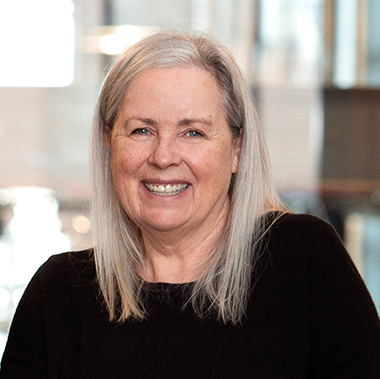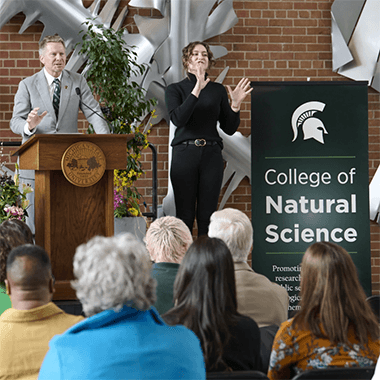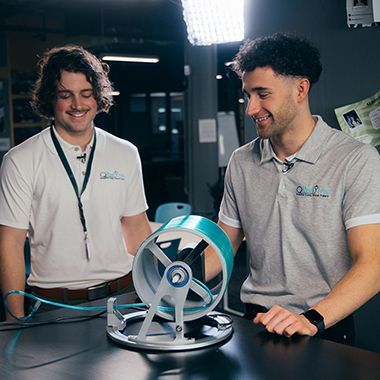Math professor named Society for Industrial and Applied Mathematics Fellow
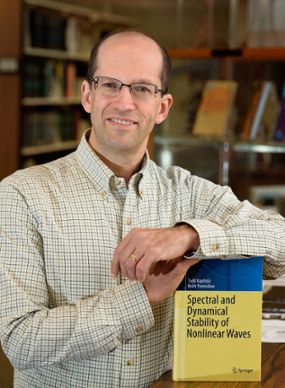
Michigan State University mathematician Keith Promislow was named a 2022 SIAM Fellow for his contributions to rigorous asymptotic reductions, development of novel models and their applications, and service to the applied mathematics community by the Society for Industrial and Applied Mathematics (SIAM).
The Society for Industrial and Applied Mathematics is a nonprofit organization incorporated to convey useful mathematical knowledge to other professionals who could implement mathematical theory for practical, industrial, or scientific use. SIAM Fellows are selected for their exemplary research and outstanding service to the community.
“Congratulations to Professor Keith Promislow for being named a 2022 SIAM Fellow, which recognizes his stature as a leadership member of the Society of Industrial and Applied Mathematics community,” said Phillip Duxbury, dean of the MSU College of Natural Science (NatSci). “Dr. Promislow is a leading figure in the MSU applied mathematics community and is truly deserving of this recognition.”
“Being named a SIAM Fellow is a great honor, as it recognizes lifetime achievement to the application of mathematics to illuminate the structure of physical systems,” said Promislow, professor and chair in the NatSci Department of Mathematics. But more important than any personal honor is the light that it shines on the outstanding research being conducted at MSU in all areas of mathematics. Our pioneering research—and each award we receive—reflects all our accomplishments.”
One pioneering area of Promislow’s research explores the structures of brine inclusions in sea ice. Before saltwater freezes, the salt in it is distributed uniformly, but when it freezes, the ice does not contain salt; instead, it is pure ice (that is, without salt) and brine inclusions, which are very salty.
“What determines the shapes of the brine inclusions?” Promislow asked. “Are they round or long filaments? When do they pinch off? These questions are important because the amount of brine–ice interface determines how reflective the sea ice is, and how fast it will melt when hit by sunlight.”
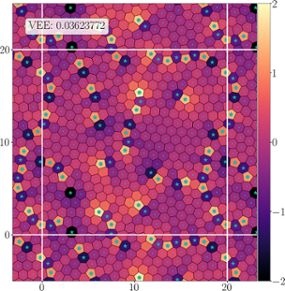
Another area of Promislow’s research seeks to define and to analyze models of physical processes built around packing. One of its key avenues is the interaction of diblock polymers (an example of a diblock polymer being soap or shampoo) that have two parts, one that likes water (the head) and one that does not (the tail). These soap-like molecules form structures, like round micelles, such as the flour balls in a roux that hide the tail in the center so it doesn’t have to touch the water; alternatively, they can form bilayers, like soap bubbles with three surfaces—a head layer, a tail layer, and a second head layer.
"The objective is to derive as simple a model as possible from the molecular description of the materials and then predict the sort of shapes that will form, with the overall goal to balance entropy (of packing) against enthalpic terms, which correspond to attraction-repulsion between molecules," Promislow said.
The Society for Industrial and Applied Mathematics is an international community of 14,500+ individual members. Almost 500 academic, manufacturing, research and development, service and consulting organizations, government, and military organizations worldwide are institutional members.
Banner image: Photomicrograph of a thin section of sea ice illustrating brine pocket shapes [from Weeks and Assur, 1969] via ResearchGate.
